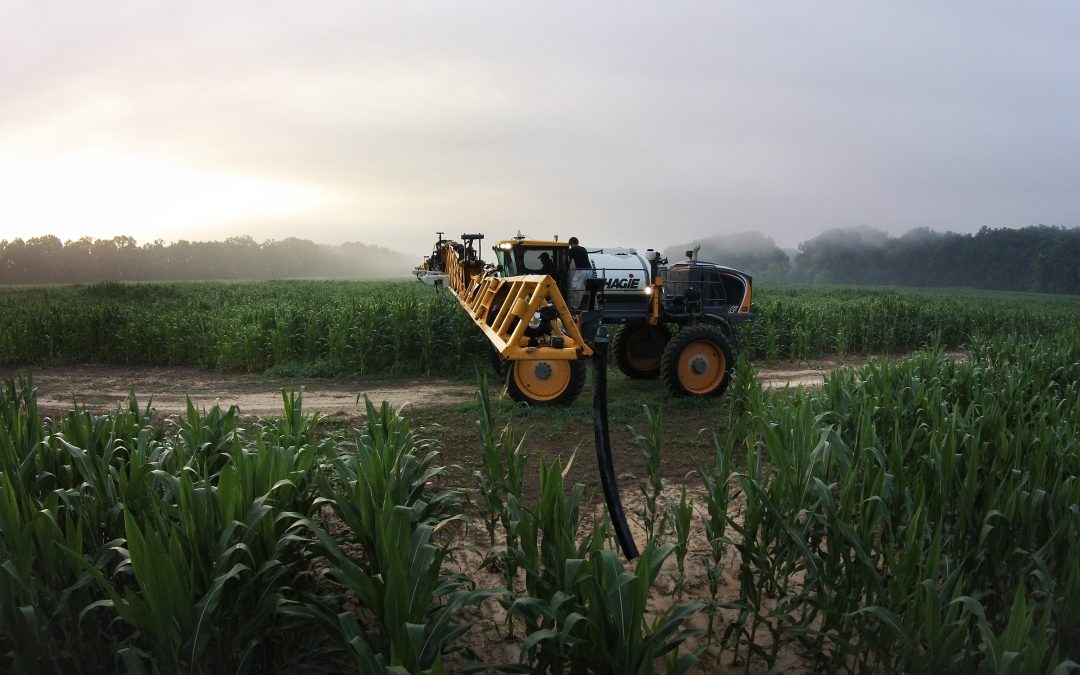
Product placement and packaging can have a significant impact on what clients select in food pantries.
by PAUL HOLLIS
In a new study published in the May 16 issue of the Journal of Public Health, Auburn University and Cornell University researchers found that product placement and packaging had a significant impact on what clients selected in a New York State food pantry.
“Food pantries offer a unique opportunity to nudge those most at risk of hunger to select more nutrient-dense foods,” says Norbert Wilson, a professor in Auburn’s Department of Agricultural Economics and Rural Sociology and lead author of the article. “Introducing easy, low-cost marketing strategies is a way to do that without taking away choice.”
This study is the first to provide evidence for the effectiveness of simple behavioral interventions in the food pantry setting in order to encourage the selection of targeted foods.
Wilson is familiar with client-choice food pantries through his involvement with the Food Bank of East Alabama, located in Auburn.
“The Food Bank’s Community Market is set up like a grocery store, and it’s exciting that people can choose what they want,” said Wilson, who serves on the food bank’s board. “But on the downside, clients may select foods that are not good for them.”
The challenge facing a client-choice pantry is finding ways to encourage healthy food selection without restricting choice, Wilson said.
The opportunity for Wilson to scientifically investigate the phenomenon came about more than a year ago, while he was on sabbatical from Auburn to serve as a visiting professor at Cornell.
“Cornell received funding from USDA to explore the use of behavioral economics, which is the idea that small changes in an environment can encourage people to make different choices,” Wilson said. “This concept makes perfect sense for use in a food pantry setting.”
Working with scientists at Cornell’s Food and Brand Lab, Wilson carried out the experiment at a food pantry at Immaculate Conception Catholic Church in Ithaca, New York, near Cornell.
“The particular issue we were looking at—protein bars versus desserts—was more by chance,” Wilson said. “We visited the pantry a couple of times to find where to best conduct our interventions. We realized these protein bars were in the dessert section, and people were overlooking them, so we began to think about how to encourage the selection of the healthier choice.”
The researchers observed 443 clients visiting the pantry over a four-day period. Protein bars were located in the dessert section of the pantry, right alongside cakes, brownies, pies and pastries. Because the bars were the most nutrient-rich foods, the researchers made two small changes to nudge selection: They moved the protein bars to the most visible position in the section, and, instead of displaying the bars as individually wrapped items, they kept them in their original multi-bar packages.
The first of those changes increased selection by about 46 percent; the latter change only, by 59 percent. And when the protein bars were the most visible items and were kept in original packaging, they were even more popular.
Food pantry organizers receive a broad mix of healthy and not-so-healthy products, but the research showed that making the healthier products more convenient and more appealing can encourage clients to select foods that are better for them.
Now back at Auburn, Wilson continues to look at issues related to food security and how people with low incomes think about the choices they make, specifically in relation to food pantries, and hopes to include a number of food banks in his studies.
Wilson’s research collaborators at Cornell’s Food and Brand Lab included David Just, Jeffery Swigert and Brian Wansink. The work was supported by the Agricultural and Food Research Initiative Competitive Program of the USDA National Institute of Food and Agriculture. The study, along with a video, can be viewed at http://foodpsychology.cornell.edu/discoveries/nudging-health-food-pantries.





